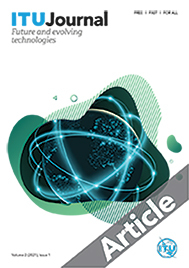 | Wireless Sensor Networks (WSN) are efficient tools for many use cases, such as environmental monitoring. However WSN deployment is sometimes limited by the characteristics of the Radio Access Technologies (RATs) they use. To overcome some of these limitations, we propose to leverage the use of a Multiple Technologies Network (MTN). What we refer to as MTN is a network composed of nodes which are able to use several RAT and communicating wirelessly through multi-hop paths. The management of the RAT and routes must be handled by the nodes themselves, in a local and distributed way, with a
suitable communication protocol stack. Nodes may reach multiple neighbors over multiple RAT. Therefore, each stack's layer has to take the technologies' heterogeneity of the devices into account. In this article, we introduce our custom Routing Over Different Existing Network Technologies protocol (RODENT), designed for MTN. It enables dynamic (re)selection of the best route and RAT based on the data type and requirements that may evolve over time, potentially mixing each technology over a single path. RODENT relies on a multi-criteria route selection performed with a custom lightweight TOPSIS method. To assess
RODENT's performances, we implemented a functional prototype on real WSN hardware, Pycom FiPy devices. Unlike related prototypes, ours has the advantage not to rely on specific infrastructure on the operator's side. Results show that RODENT enables energy savings, an increased coverage as well as multiple data requirements support.
|
|